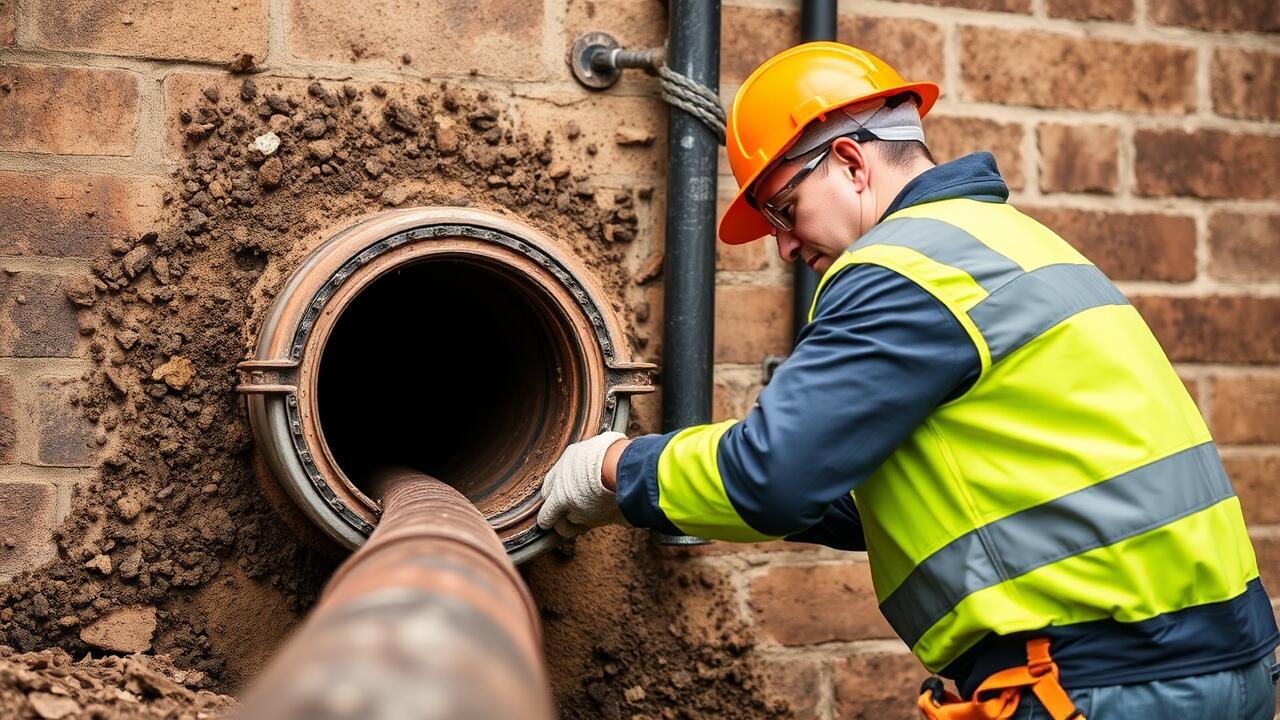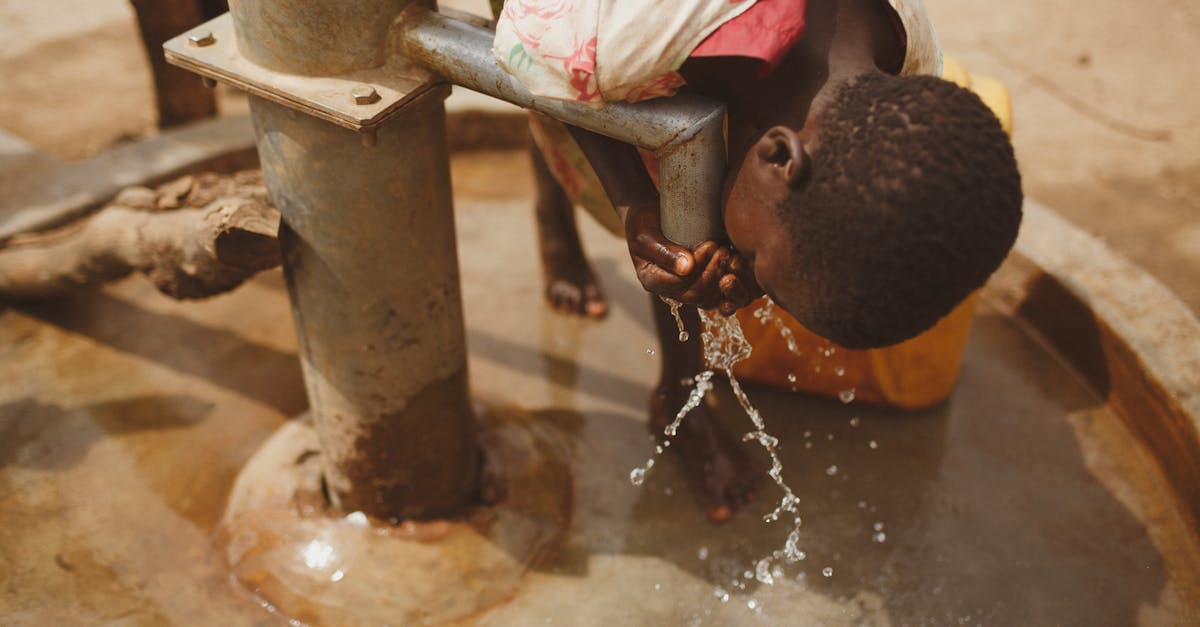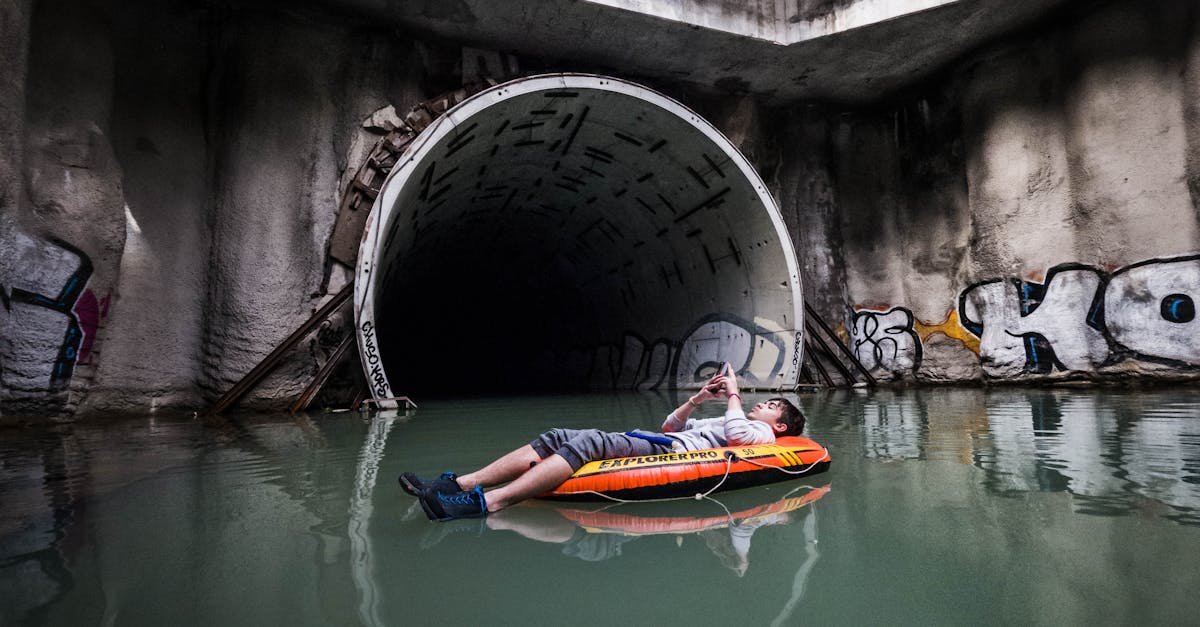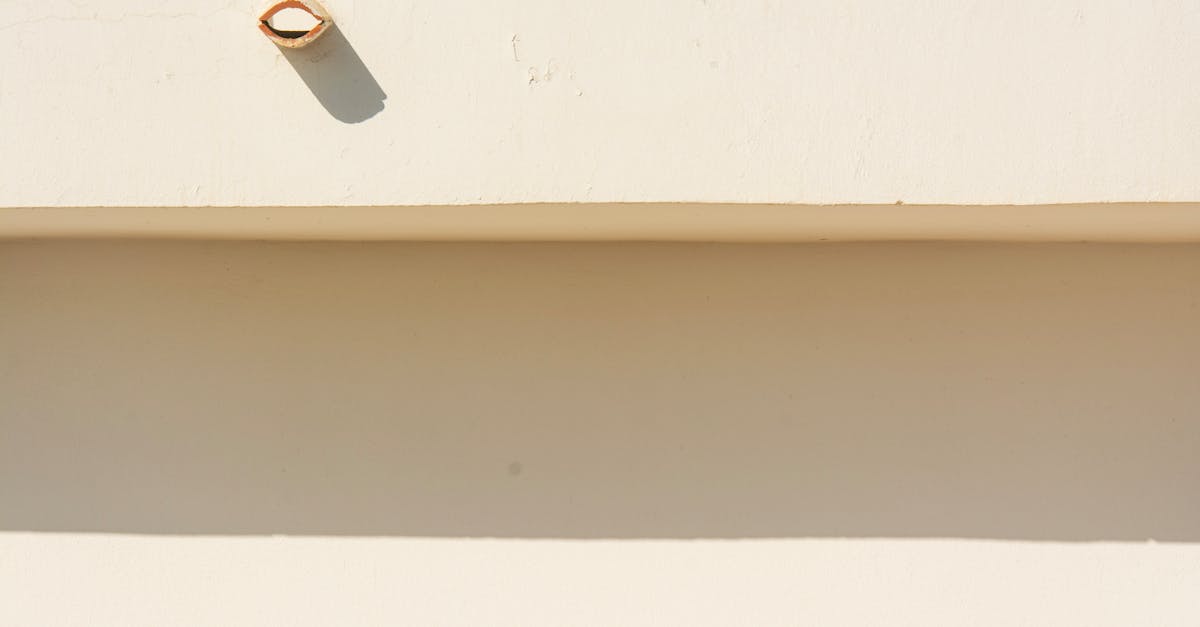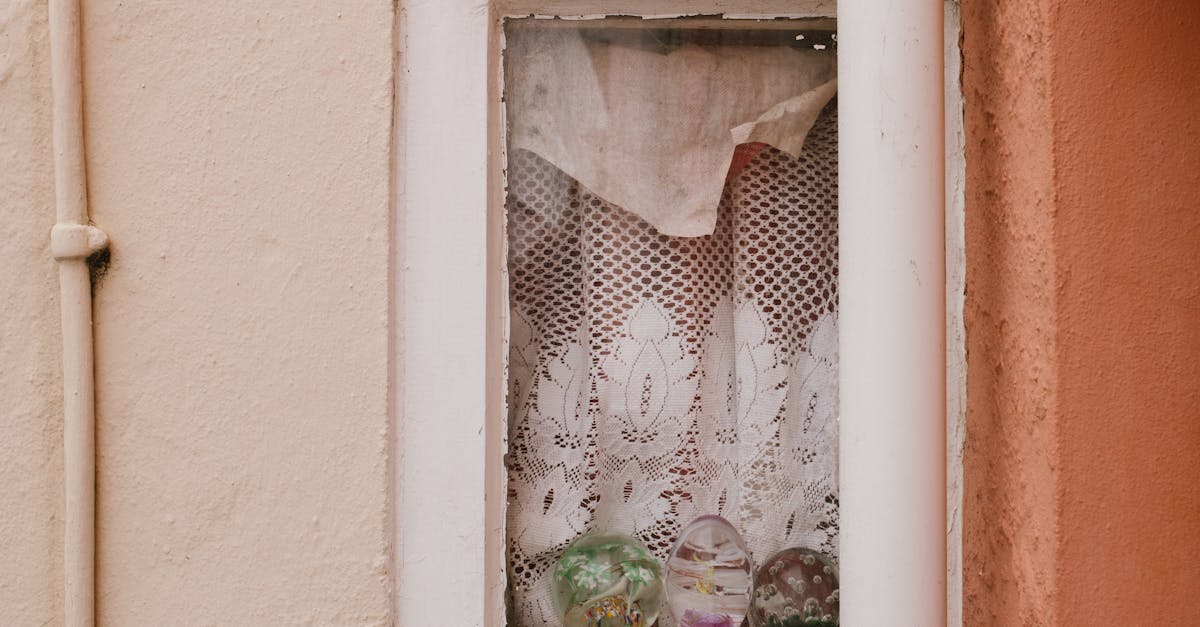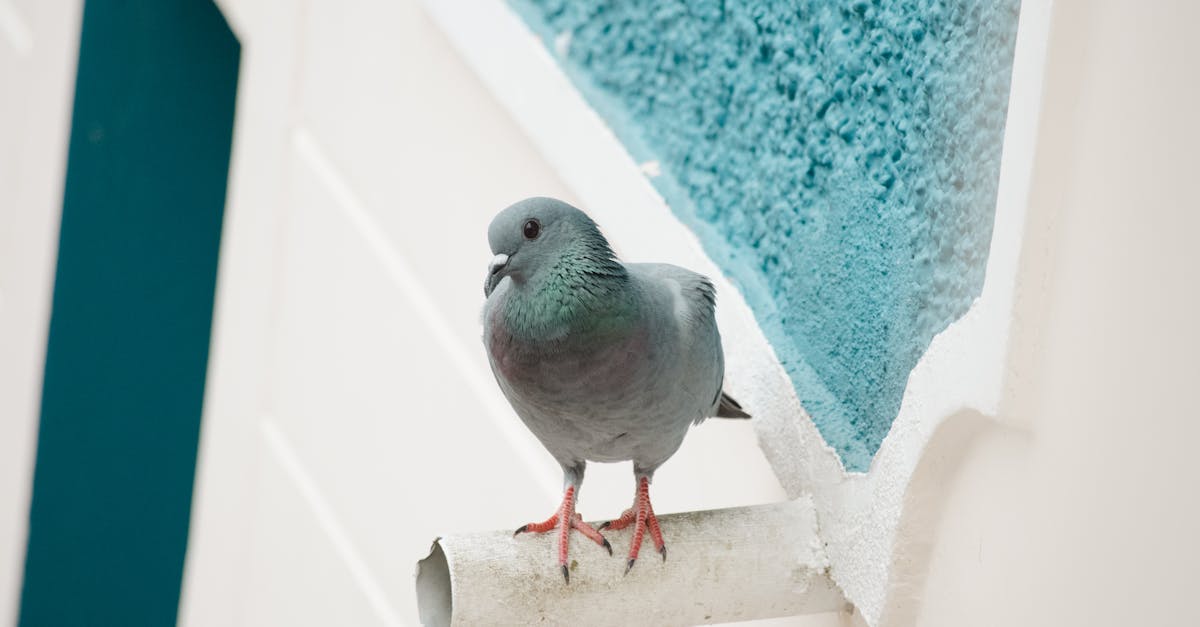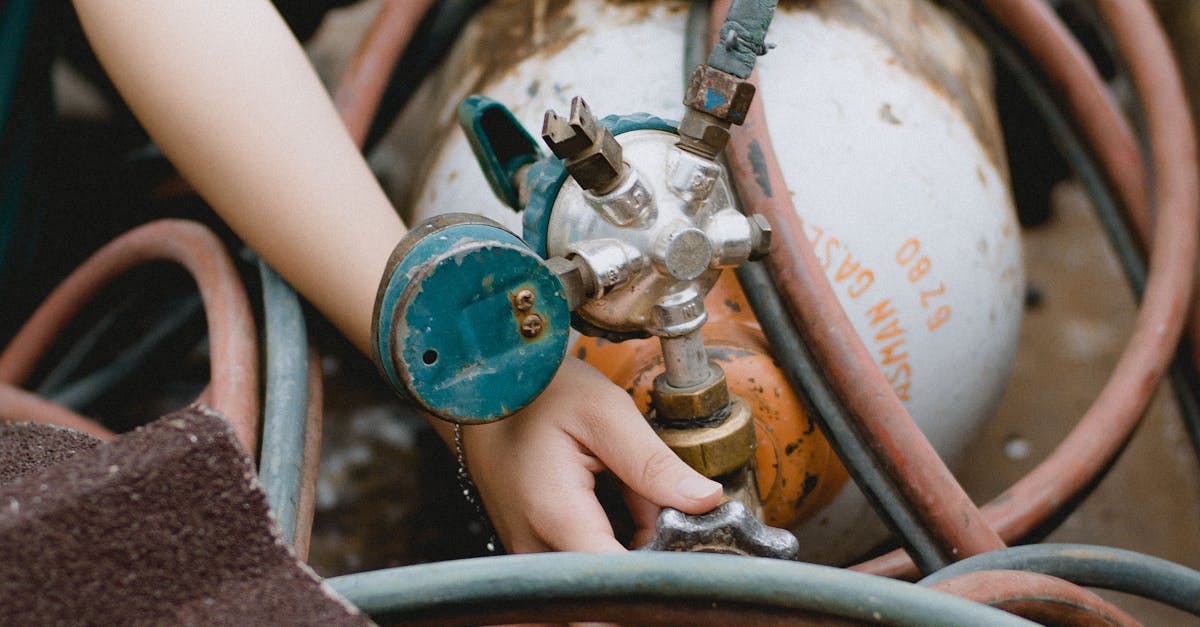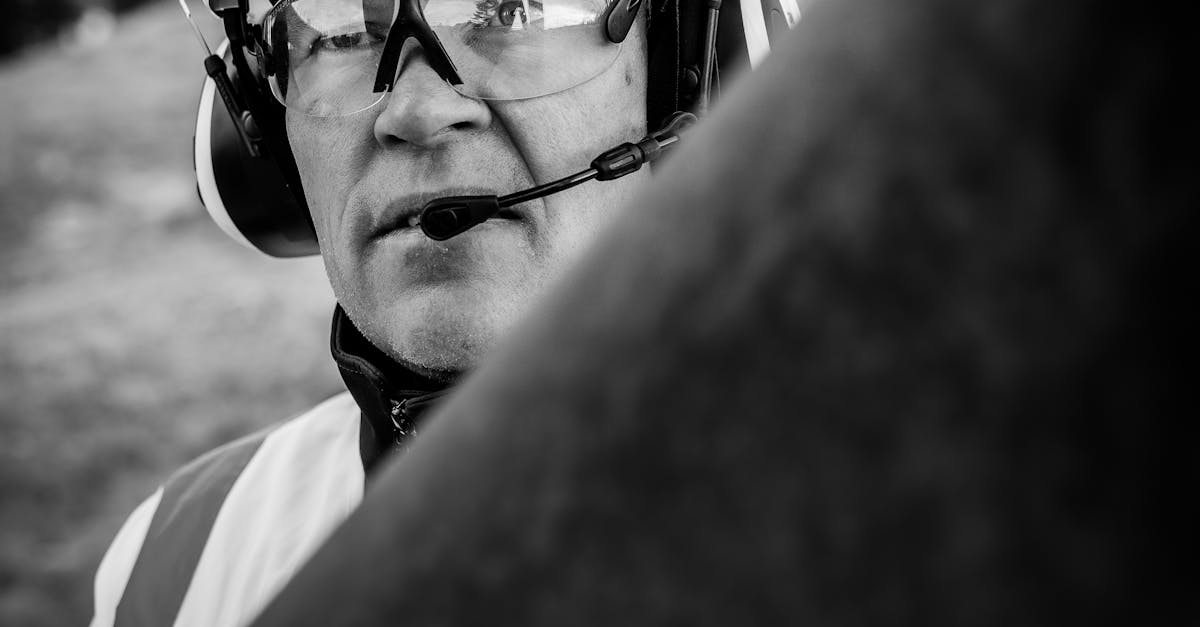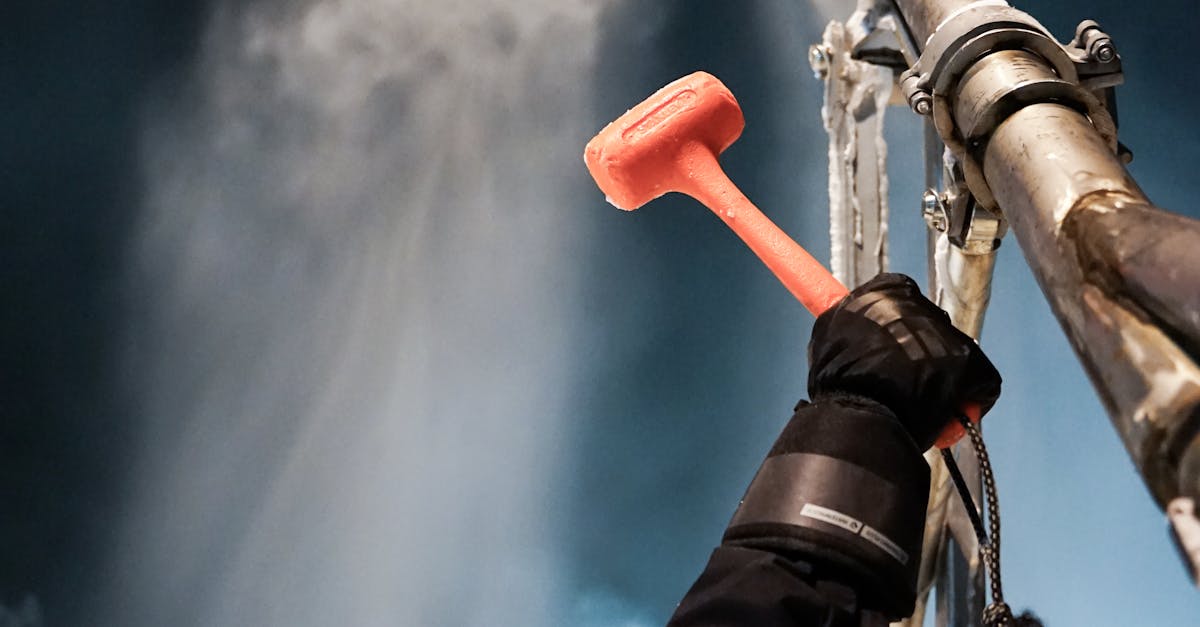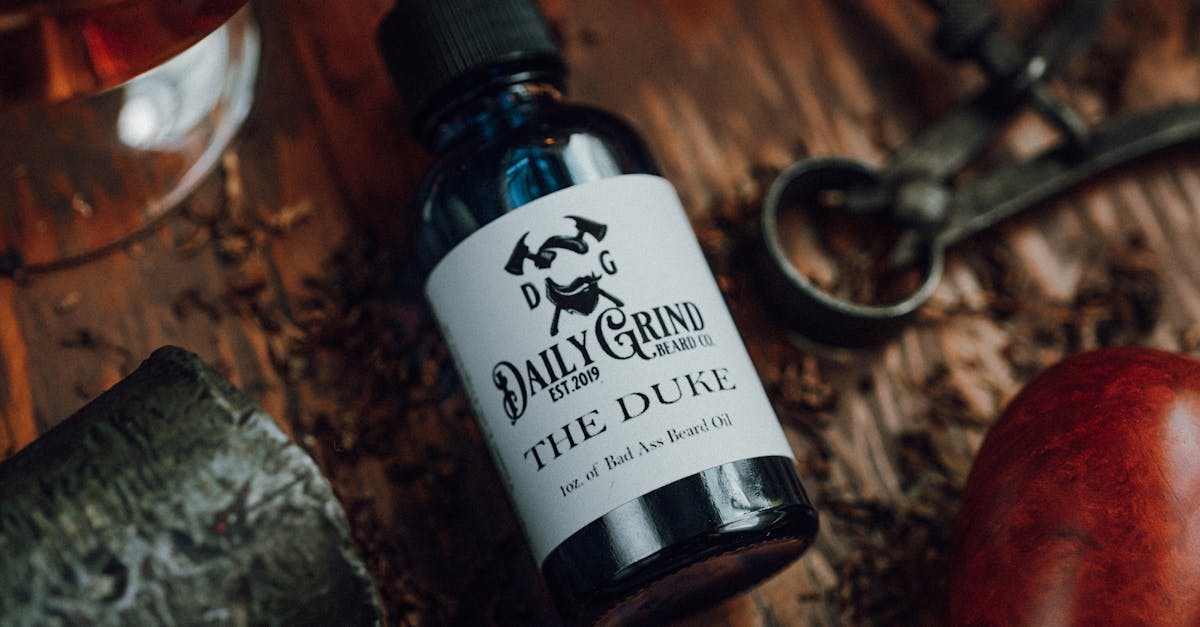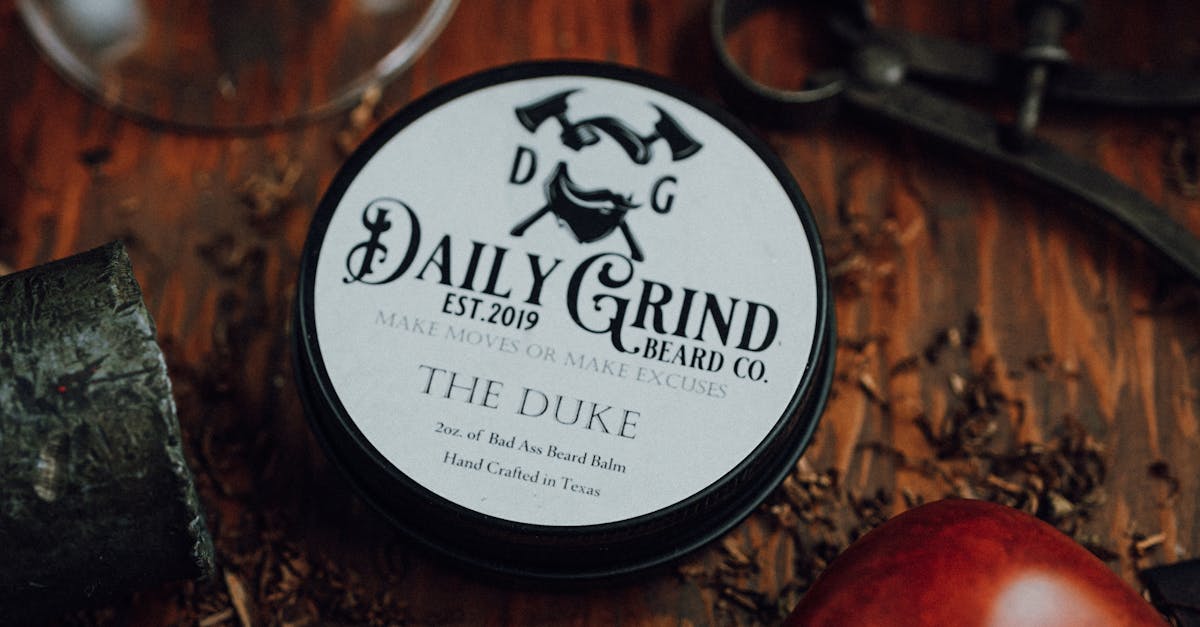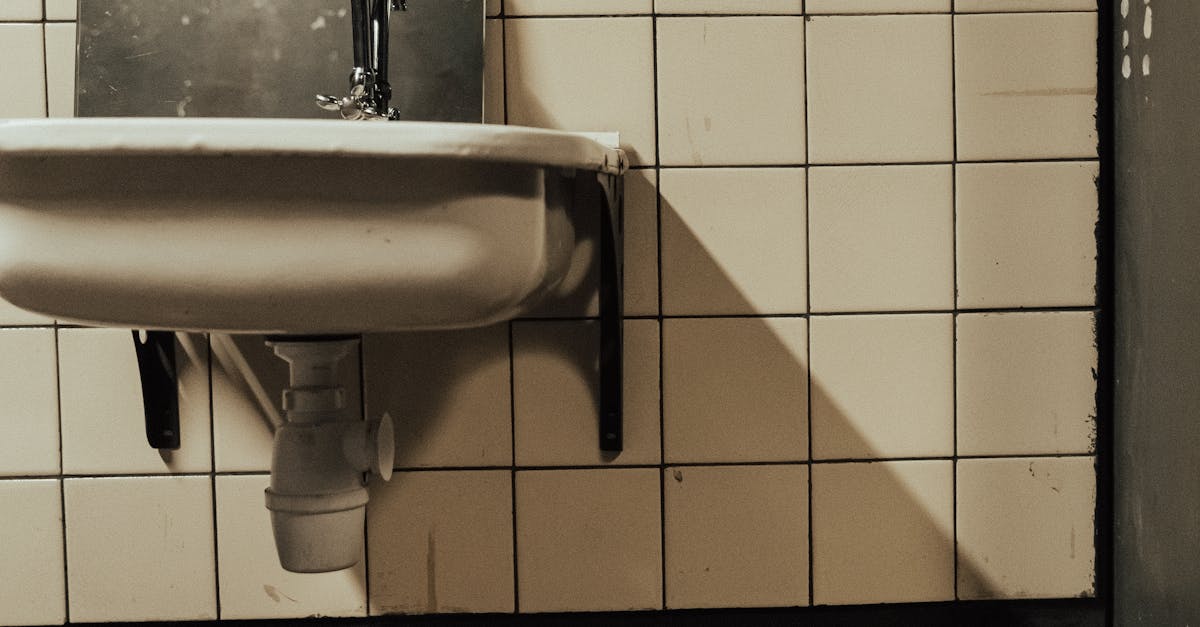
Table Of Contents
Durability of Relined Pipes
Pipe relining is designed to enhance the lifespan of existing pipes by creating a new, durable layer within the old structure. This method uses advanced materials that resist corrosion and wear, ensuring that the newly lined pipes can withstand various environmental factors. Over time, these materials have shown impressive performance, maintaining their integrity even under high-pressure conditions. Therefore, homeowners can expect a significant increase in durability compared to older, traditional piping systems.
The durability of relined pipes can also be influenced by proper installation and the quality of the materials used. A well-executed pipe relining job can lead to a lifespan that exceeds several decades, making it a cost-effective solution in the long run. Regular maintenance can further enhance this durability, ensuring that any potential issues are addressed before they escalate. This combination of robust materials and professional craftsmanship makes pipe relining a reliable option for both residential and commercial plumbing needs.
Expected Lifespan
The expected lifespan of relined pipes can vary depending on several factors, including the materials used and the conditions of the existing infrastructure. Generally, when done correctly, pipe relining can extend the life of pipes by up to 50 years. This method provides a durable solution to issues such as leaks, cracks, and corrosion, effectively reviving old pipe systems and enhancing their functionality.
Investing in pipe relining offers long-term benefits as it tends to have a lower maintenance requirement compared to traditional methods. The ability to withstand environmental pressures and resist damage contributes to a more reliable infrastructure. Homeowners and businesses can enjoy peace of mind knowing that their relined pipes are designed to last and maintain the integrity of their plumbing systems.
Comparing Pipe Relining to Traditional Methods
Pipe relining presents a modern alternative to traditional pipe repair methods, offering unique advantages. Unlike traditional digging and replacement, which can be invasive and time-consuming, pipe relining involves inserting a liner into the existing pipe. This process creates a new inner wall that seals leaks and strengthens the structure without the need for extensive excavation. Homeowners often appreciate the reduced disruption to their property and the faster turnaround time for repairs.
However, traditional methods do have their own set of benefits. Replacing pipes completely can sometimes offer a more permanent solution, especially for severely damaged systems. Traditional repairs may also allow for a more thorough inspection of the existing infrastructure, potentially uncovering additional issues. Ultimately, the choice between pipe relining and traditional methods depends on the specific condition of the pipes and the overall repair strategy that best suits the needs of the property.
Pros and Cons
Pipe relining offers several advantages that make it an appealing option for addressing damaged or ageing pipes. This method is less invasive compared to traditional excavation techniques, which means minimal disruption to landscaping and existing infrastructure. Additionally, pipe relining can be a quicker process, allowing for faster repairs and reduced downtime. The longevity provided by relined pipes often translates into fewer maintenance issues, saving homeowners and businesses on future costs.
However, there are drawbacks to consider when opting for pipe relining. The initial cost can be higher than simple repair methods, although it may still be more economical in the long run. Moreover, the effectiveness of pipe relining can vary based on the condition of the existing pipes. If there are substantial structural issues, relining may not provide a permanent solution and further complications could arise. It’s essential to evaluate the specific circumstances surrounding your plumbing system before making a decision.
How to Choose a Pipe Relining Service
When selecting a pipe relining service, it is important to consider the experience and reputation of the company. Look for a provider with a proven track record in the industry, and check customer reviews to gauge satisfaction levels. A well-established company often has the expertise to handle various pipe issues effectively. It's also wise to ensure that the service offers warranties or guarantees to safeguard your investment in pipe relining.
Another key factor is the technology used in the relining process. Innovative techniques and high-quality materials can significantly affect the durability of the relined pipes. Ask about the equipment and methods employed by the service provider. Understanding their approach can help determine if they are capable of delivering a reliable solution for your piping needs.
Key Factors to Consider
When choosing a pipe relining service, reputation and experience are essential factors to consider. A well-established company will likely have a track record demonstrating successful projects and satisfied customers. Researching customer reviews and seeking recommendations can provide insights into the quality of service offered. It is crucial to select a provider that understands local regulations and has the expertise to handle the specific challenges of your plumbing system.
Another important consideration is the materials used during the pipe relining process. High-quality materials will contribute to the longevity and effectiveness of the relined pipes. Inquire about the types of lining products the service provider uses, as well as their installation procedures. This knowledge will help you ensure that you are making a sound investment in your plumbing system, resulting in reduced maintenance needs and extended lifespan of the pipes.
FAQS
What is pipe relining?
Pipe relining is a method of repairing existing pipes by inserting a resin-coated liner into the damaged pipe, which is then cured to form a new, durable pipe within the old one.
When should I consider relining my pipes?
You should consider relining your pipes if you notice signs of leaks, slow drainage, corrosion, or if you want to prevent future issues without the need for extensive excavation.
How long do relined pipes last?
Relined pipes can last anywhere from 50 to 100 years, depending on various factors such as the material used for relining and the conditions of the surrounding environment.
What are the advantages of pipe relining over traditional methods?
The advantages of pipe relining include less disruption to your property, a quicker installation process, reduced costs compared to excavation, and improved durability of the pipes.
How can I choose the right pipe relining service?
When choosing a pipe relining service, consider their experience, reputation, the technology they use, customer reviews, and whether they provide warranties for their work.
